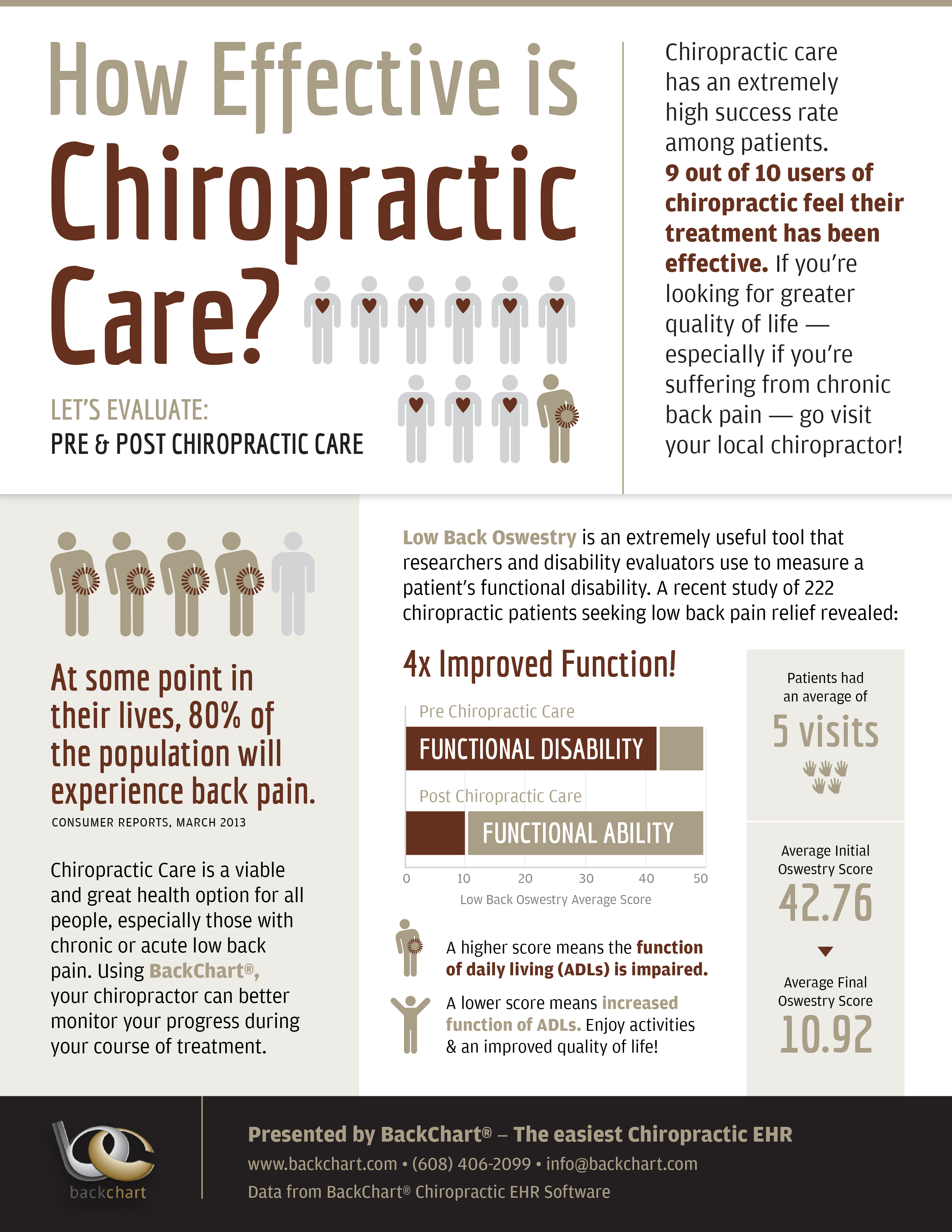A Relative Evaluation Of Acupuncture And Different Pain Management Techniques
A Relative Evaluation Of Acupuncture And Different Pain Management Techniques
Blog Article
Developed By-Braswell Pollock
When you think about pain monitoring alternatives, you may find yourself evaluating the pros and cons of various techniques, consisting of acupuncture, over-the-counter drugs, and physical treatment. While lots of methods offer relief, they commonly come with their very own collection of obstacles, like adverse effects or extensive treatment times. Acupuncture stands out for its one-of-a-kind ability to promote self-regulation with less dangers. However how does its performance contrast to more traditional approaches? The nuances of these strategies can significantly impact your selections, and exploring them even more might bring about unusual insights.
Review of Pain Monitoring Techniques
When it involves handling pain, you have a range of methods available. These approaches can range from traditional methods to a lot more different treatments. Understanding your choices is important in discovering what functions best for you.
One usual method is over-the-counter medications like advil or acetaminophen, which can supply fast relief for moderate to modest discomfort. https://andresrmhbw.weblogco.com/33177036/3-myths-concerning-chiropractic-practitioners-and-back-pain , including opioids, could be required for extra severe discomfort, though they come with risks of dependence and side effects.
Physical therapy is an additional efficient approach, concentrating on workouts and stretches to enhance muscular tissues and improve wheelchair. This method typically aids in handling persistent pain conditions.
On top of that, some people turn to even more holistic alternatives, such as massage therapy, which can ease tension and boost blood circulation.
Mind-body strategies, like mindfulness reflection or yoga, aid you take care of discomfort by minimizing tension and improving your psychological durability.
Lastly, lifestyle changes, such as maintaining a healthy and balanced diet plan and routine exercise, can play a vital role in general discomfort administration. Each technique has its advantages and disadvantages, so it's necessary to discover what suits your requirements and preferences best.
Benefits of Acupuncture
Acupuncture provides an unique strategy to pain monitoring that attracts attention among different methods. By targeting particular factors on your body, it boosts the flow of power, or "qi," advertising all-natural recovery and decreasing discomfort.
One of the most significant advantages is its minimal negative effects. Unlike some medicines, which can lead to dependence or unwanted health problems, acupuncture is an all natural therapy that urges your body's self-regulation.
You'll likely find that acupuncture sessions can help relieve persistent pain, migraines, and even stress and anxiety. Many individuals experience a sense of leisure and health during and after therapy, which can enhance overall lifestyle.
Plus, it's a versatile choice; it can be made use of along with other treatments, making it a wonderful complement to your existing discomfort administration plan.
One more substantial benefit is that acupuncture can be customized to your particular demands. Your professional will analyze your problem and develop a tailored therapy plan, guaranteeing you receive the treatment that finest supports your recovery.
With its old origins and growing approval in modern medication, acupuncture stands out as a compelling alternative for discomfort relief.
Comparing Performance and Outcomes
Discomfort administration methods differ commonly in their effectiveness and end results, making it crucial to understand just how they stack up against one another. When thinking about options like acupuncture, physical therapy, and medication, you'll find distinct differences in exactly how each technique addresses pain.
Acupuncture, for example, usually offers alleviation for persistent pain conditions, with research studies revealing substantial improvements hurting levels for lots of clients.
On the other hand, medicines like opioids can successfully manage acute pain yet bring risks of reliance and negative effects.
Physical therapy concentrates on rehab and may take longer to reveal results, which can be irritating if you require immediate relief.
When assessing these methods, consider your certain pain type and your personal health objectives. Some individuals find that a combination of approaches functions ideal for them.
For example, you may benefit from acupuncture sessions together with physical therapy to make best use of recovery.
Ultimately, understanding the effectiveness and results of each approach will aid you make educated decisions regarding your pain administration technique, enabling you to pick the method that best suits your needs and way of living.
Final thought
In recap, acupuncture stands apart as a useful option to conventional discomfort administration approaches. It offers fast relief and fosters self-regulation without the dangers of reliance related to medicines. While physical therapy might require even more time for results, acupuncture can offer instant benefits, making it an enticing choice for those looking for remedy for chronic discomfort and stress. By integrating acupuncture into your pain administration strategy, you can improve your overall well-being and redeem control over your health.
